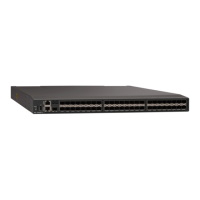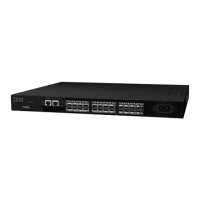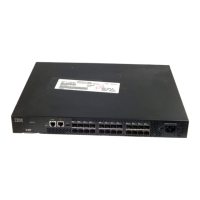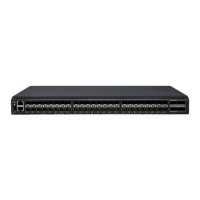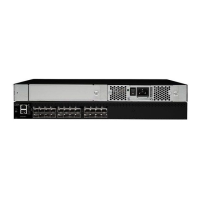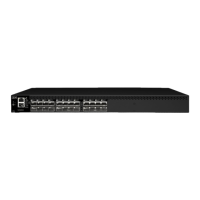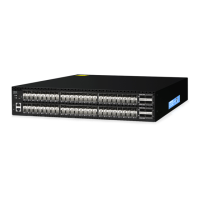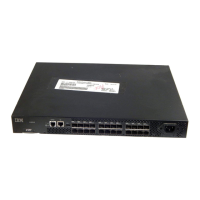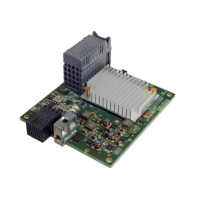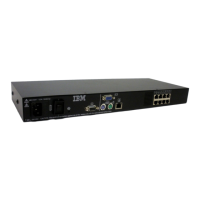1. Connect the serial cable to the console port on the switch and to an RS-232
serial port on the workstation.
If the serial port on the workstation is RJ-45 instead of RS-232, remove the
adapter from the end of the serial cable and insert the exposed RJ-45 connector
into the RJ-45 serial port on the workstation.
2. Open a terminal emulator application (such as HyperTerminal on a PC, or
TERM, TIP, or Kermit in a UNIX environment), and configure the application
as follows:
v In a Windows environment:
Parameter Value
Bits per second 9600
Databits 8
Parity None
Stop bits 1
Flow control None
v In a UNIX environment using TIP, enter the following string at the prompt:
tip /dev/ttyb -9600
If ttyb is already in use, then use ttya instead and enter the following string
at the prompt:
tip /dev/ttya -9600
Setting the switch IP address
You can configure the SAN48B-5 with a static IP address, or you can use a DHCP
(Dynamic Host Configuration Protocol) server to set the IP address of the switch.
DHCP is enabled by default. The SAN48B-5 supports both IPv4 and IPv6.
Using DHCP to set the IP address
When using DHCP, the switch obtains its IP address, subnet mask, and default
gateway address from the DHCP server. The DHCP client can only connect to a
DHCP server that is on the same subnet as the switch. If your DHCP server is not
on the same subnet as the switch, use a static IP address.
Setting a static IP address
Complete the following steps to configure the switch with a static IP address:
1. Log into the switch using the default password, which is password.
2. Use the ipaddrset command to set the Ethernet IP address.
If you are going to use an IPv4 IP address, enter the IP address in dotted
decimal notation as prompted. As you enter a value and press Enter for a line
in the following example, the next line will appear.
For instance, the Ethernet IP Address appears first. When you enter a new IP
address and press Enter or simply press Enter to accept the existing value, the
Ethernet Subnetmask line appears.
In addition to the Ethernet IP address itself, you can set the Ethernet subnet
mask, the Gateway IP address, and whether to obtain the IP address via
Dynamic Host Control Protocol (DHCP) or not.
Chapter 2. Installing and configuring the switch 15
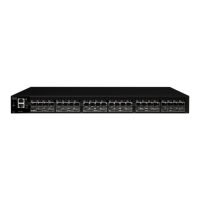
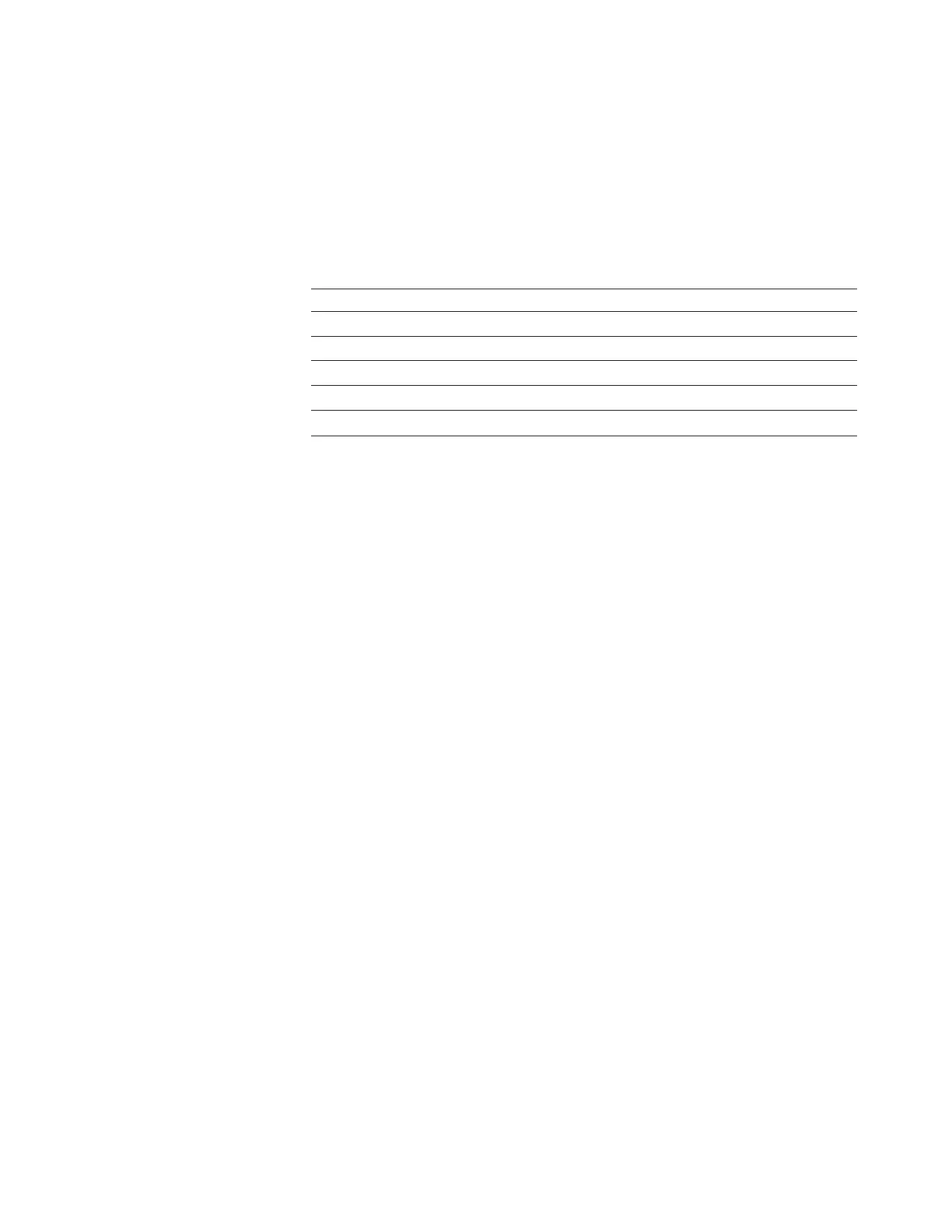